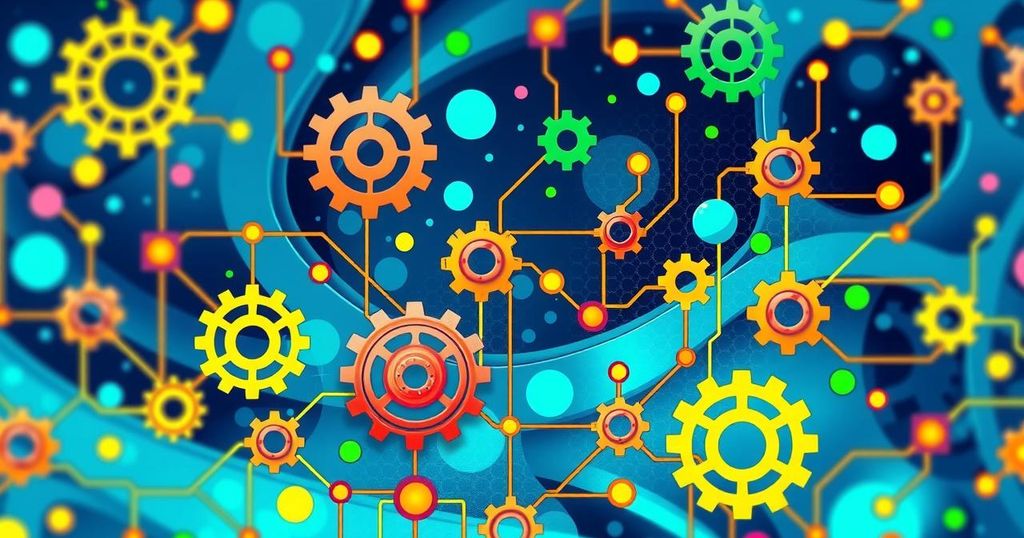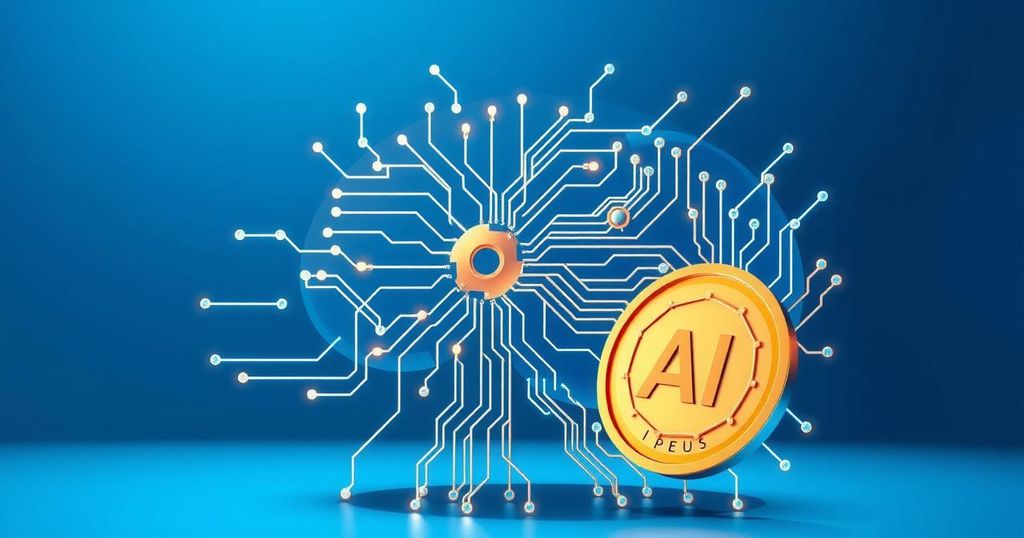The AI Generation: Youth in the Age of Artificial Intelligence
- Digital literacy is now essential for youth empowerment in AI.
- Adolescents expressed concerns about inequality and unemployment related to AI.
- UNICEF’s studies show most youth view AI positively but highlight significant risks.
- The EU’s goal is for 80% of people to have digital skills by 2030.
- In 2024, a significant 11% of youth in the EU were not in employment, education, or training.
Youth and the Impact of AI Technology
In today’s hyper-digital landscape, the youth are feeling the weight of a world that’s rapidly evolving thanks to artificial intelligence (AI). This generation is grappling with the dual nature of AI technology—it opens new doors while simultaneously presenting a host of new challenges. As AI intertwines with education, employment, and society itself, young people are not just passive spectators; they are the ones shaping what this brave new world will look like for years to come.
Understanding Adolescent Perspectives on AI
Recent research from UNICEF highlights some vital perspectives on AI, especially among adolescents. In 2020, they polled 245 young people from five countries about their feelings toward AI. A notable takeaway? Many expressed that discussions about AI felt dominated by adults, while they themselves learned about it mainly at home and from peers. On the flip side, while they acknowledged potential risks like job displacement and inequality arising from AI innovations, they also recognized AI’s ability to simplify mundane tasks and ultimately save time.
The Need for Youth Voices in AI Conversations
Furthermore, the United Nations Office of Information and Communication Technology took a deeper dive into youth perspectives in 2022, interviewing 254 young individuals from 36 nations. Their findings painted a generally optimistic view, with over 93% showing a favorable opinion towards AI. Interestingly, while 76.3% saw the risks associated with AI as serious but manageable, there were still pressing concerns over its impact on unemployment—75% called this a significant worry. This generational divide emphasizes the importance of including young voices in conversations about the direction of AI development.
Addressing the Gap in AI Education
Yet, a stark contrast persists: a large number of youth are finding themselves left behind in a world racing towards digital transformation. The staggering 2024 statistic from Eurostat reveals that a considerable 11% of EU youth aged 15-29 are not in employment, education, or training. With barriers to AI education and digital literacy still prevalent, many young people are left to navigate AI learning informally, often through friends or online resources. Bridging this AI divide is no simple feat, but it’s crucial; we need proactive solutions to equip youth with the knowledge they require to thrive in a digital landscape that’s increasingly shaped by AI.
Collaborative Efforts to Bridge the Digital Divide
In a promising development, various organizations are joining forces to tackle AI education gaps. A standout collaborative effort is the AI Skills Coalition, launched in 2025, which aims to provide comprehensive AI training to foster equal access around the globe. Companies like Amazon and Microsoft are among the more than 25 organizations championing this initiative. Additionally, Giga, a partnership between UNICEF and the ITU, addresses the digital fencing preventing millions of young students from accessing online educational tools. With over 500 million students lacking proper connectivity, these initiatives reflect a growing awareness of the need for equitable access to information.
Empowering Youth in a Digital Future
As we look towards a future influenced by AI, it’s crucial to remember that these technologies hold the potential to either lift communities or reinforce existing inequalities. Young individuals shouldn’t just be considered users of AI; they must be seen as pivotal influencers in AI shaping. Educators and policymakers need to ensure that curricula reflect the need for AI and digital literacy skills, integrating them into learning experiences that foster creativity and critical thinking. In doing so, we elevate not only the individual but society as a whole, preparing to face the challenges and opportunities posed by AI head-on.
The transformation brought by AI is reshaping economies and the very fabric of society, particularly impacting youth. As they navigate challenges and opportunities, it’s critical to include their voices in shaping AI’s future. Solutions like the AI Skills Coalition and the Giga initiative provide promising pathways to close existing gaps, ensuring all young people are empowered for the future.




Post Comment